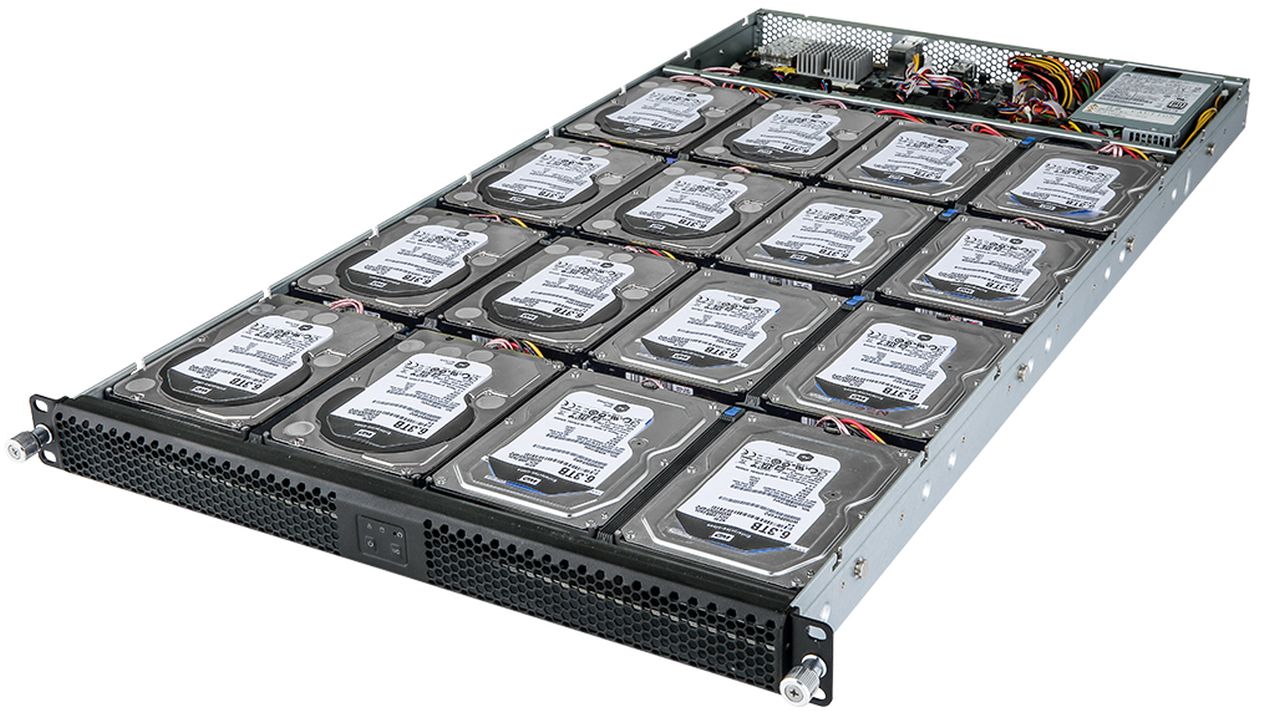ARM gathers momentum with Gigabyte server launch
Annapurna Labs and AppliedMicro join the fray

Gigabyte has announced that it will launch server solutions based on ARM processors from AppliedMicro and Annapurna Labs. Last year the company used the Computex expo to announce its intention to use Cavium ThunderX in a range of ARM servers but that didn't happen.
Things appear to be different now as the two products are already sampling, with a clear focus on power consumption.
First off is the R120-P30, a 1U single-socket rackmount server that uses the X-Gene 1 server-on-chip. The latter has eight cores clocked at 2.4GHz and a 45W TDP. Other specs include eight ECC DDR3 DIMM slots and four hot-swappable HDD/SSD bays.
Quad power
The second solution is the D120-S3G, which uses the Annapurna Labs Alpine AL5140, a quad-core SoC clocked at 1.7GHz which is still a 32-bit model as it is based on the Cortex-A15. With a TDP of only 10W, Gigabyte claims that it provides one of the highest performance-per-watt for a storage controller.
It is essentially an enterprise-grade NAS that packs up to 16 3.5-inch hard disk drives in a 1U rackmount — that's up to 144TB using HGST's or Seagate's 8TB hard disk drives (oddly enough they're using custom 6.3TB HDDs).
That could make it ideal for cold storage, data archiving, video surveillance and TV broadcast, although some might question the use of SATA technology rather than SAS. Both models come with four LAN ports (a pair of 10GbE and a pair of GbE ones).
Gigabyte didn't say how much or when these products will be available but the fact that it launched the pair on the first day of the World Hosting Day global event shows clearly the market it is aiming at.
Are you a pro? Subscribe to our newsletter
Sign up to the TechRadar Pro newsletter to get all the top news, opinion, features and guidance your business needs to succeed!

Désiré has been musing and writing about technology during a career spanning four decades. He dabbled in website builders and web hosting when DHTML and frames were in vogue and started narrating about the impact of technology on society just before the start of the Y2K hysteria at the turn of the last millennium.